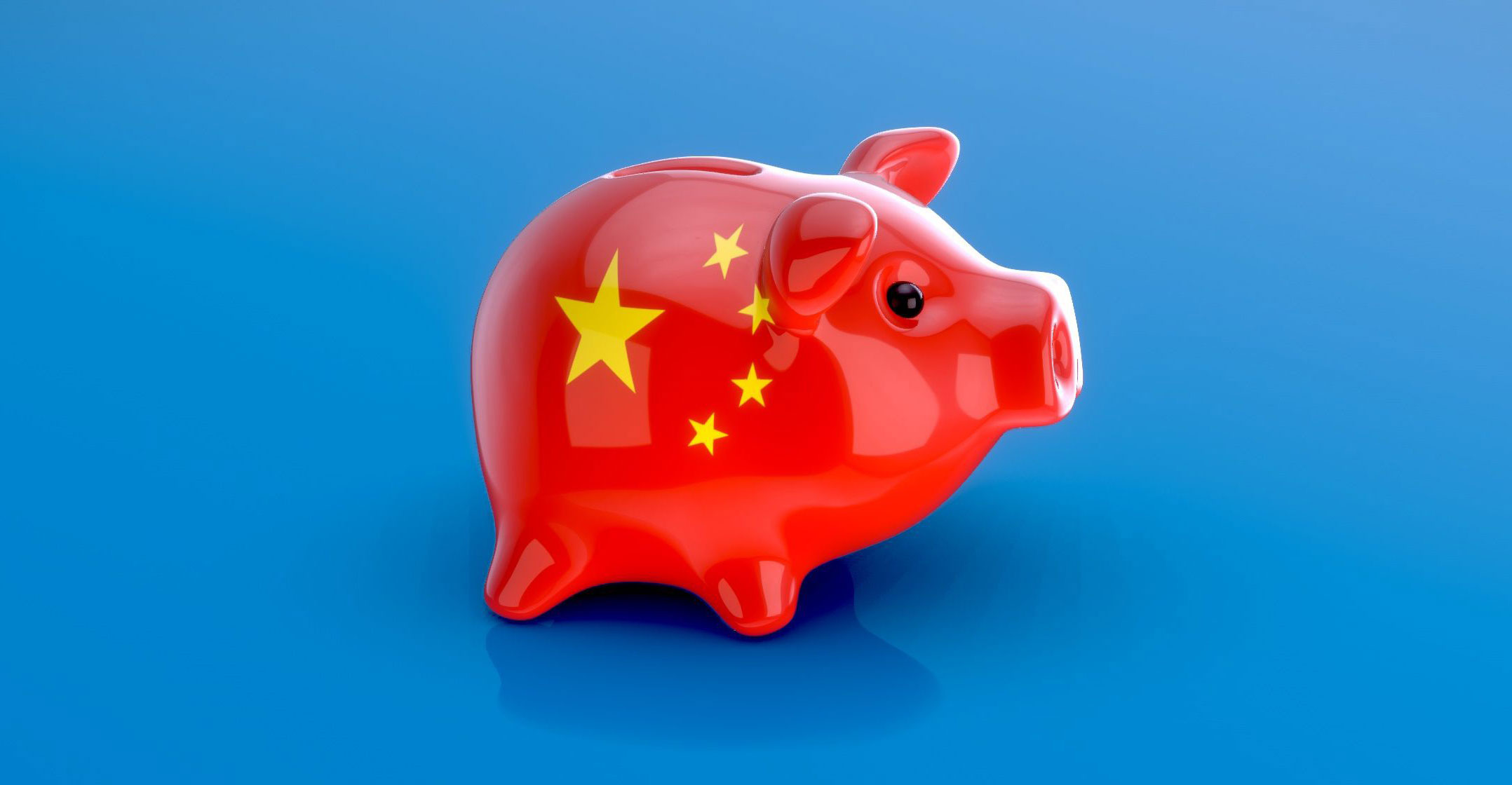 The coronavirus has disrupted the world in very large ways. While that battle has been waged, however, another event has almost been missed: the birth of a new kind of fiat currency, which could forever reshape the relationship between money, economic power and geopolitical clout.
The coronavirus has disrupted the world in very large ways. While that battle has been waged, however, another event has almost been missed: the birth of a new kind of fiat currency, which could forever reshape the relationship between money, economic power and geopolitical clout.
An official Chinese digital yuan, more than five years in the making, is now in pilot runs to slowly start replacing the physical legal tender. If the experiment succeeds, this new cash, valued the same as the familiar banknotes bearing Mao Zedong’s image, will become the world’s first sovereign token to reside exclusively in the ether.
The trials are taking place just as the blame game around the coronavirus deepens mistrust between the US and China. With President Donald Trump warning that Washington would respond if Beijing intervenes against protests and democratic movements in Hong Kong, chances of a detente from last year’s trade war are fading.
Outside the People’s Republic, the big question is if the digital yuan is a challenger to the dollar. Within China, though, there’s a more mundane explanation for why Beijing wants to turn banknotes in circulation into virtual tokens.
Chinese consumers have bypassed both computers and credit cards to embrace mobile payment apps, which have gone on to spawn large money-market funds investing in high-yielding wealth management products. This has led to the accumulation of risks in opaque shadow banking. Bringing them out in the open requires a leg up for traditional lenders in payments, an area where financial technology has left them far behind. The digital yuan, which will be pushed out to consumers via banks, seeks to restore this missing balance; it will allow authorities to “regulate an overstretched debt market more effectively”, says DBS Group Holdings economist Nathan Chow.
Power play
Still, there’s also a power play. It isn’t a coincidence that China’s project picked up speed last year as Facebook announced libra. The proposed stablecoin promised to hold its value against a basket of major official currencies rather than gyrating wildly like bitcoin. When it looked like regulators in the US and elsewhere would nix this synthetic global cryptocurrency, the Libra Association curbed the scope of its undertaking. But the idea of “a regulated global network for cost-effective retail payments”, as described by Singapore state investor Temasek Holdings, a new member of libra’s Geneva-based governing body, remains alive. For Beijing to shake the dollar’s hegemony, it has to pre-empt Silicon Valley from taking the pole position.
Hence the hurry for China’s test runs. According to media reports, half the May transport subsidy for Suzhou municipal employees will be in the form of digital currency electronic payment, or DCEP, as it’s being called in the absence of a catchier moniker. The pilot plan in Xiong’an, a satellite city of Beijing, includes coffee shops, fast food, retailers, theatres and bookstores, Goldman Sachs Group has noted. The other trials are reserved for Chengdu and Shenzhen.

Thanks to Alipay and WeChat Pay, 80% of Chinese smartphone users whip out their mobiles to make payments, more than anywhere in the world. To them, the DCEP wallets being provided by the big four state banks should seem much the same. But there are differences. In this new system, a low-value transaction can go through even if both parties are offline. Also, this is sovereign liability, safe if an intermediary goes bankrupt. The big four lenders — and later fintech firms — will distribute the tokens, but the funds won’t reside in bank accounts. This will be unlike existing payment apps that only move one institution’s IOUs to another.
Beijing was going to launch the digital money even before the pandemic. However, adoption could be faster now because of people’s fear of catching an infection from handling cash. Also, it’s possible to trace in real time whether an antivirus subsidy, given out in tokenised form, is reaching the target. Once it has, the tracking would be “turned off” to ensure corporate and household spending stays anonymous, Goldman says.
Strictly speaking, though, the anonymity of cash will no longer exist. Authorities can look under the hood of pseudonymous transactions for unwanted activity, an outcome far removed from the vision that drove libertarians (and money launderers) to cryptocurrencies in the first place. With the outbreak giving legitimacy to intrusive physical contact tracing, the case for financial tracing gets even stronger. Exchange of digital yuan between customers and merchants will pop up on a centralised ledger, and go through far more swiftly than in bitcoin-style setups that rely on widely distributed ledgers of asset ownership.
Every nation projects power when others desire its money — something that costs the home country nothing to produce. But as with any digital network, the sovereign tokens that take off first could end up winning disproportionately. The digital yuan could find customers overseas, especially in places where China is making belt-and-road investments. For one thing, they wouldn’t have to pay banks fat fees for running the US$124-trillion-a-year business-to-business international transfers market.
By distributing digital currency through banks, China has given its big institutions a chance to match the payment technology of fintech rivals. But it’s possible that a central bank in another country would bypass intermediaries altogether, potentially making the state the monopoly supplier of money to retail customers. That could upend banking. The digital yuan may have started modestly, but it might pave the way for changes that are both ambitious and long outlast the coronavirus. — By Andy Mukherjee, (c) 2020 Bloomberg LP

